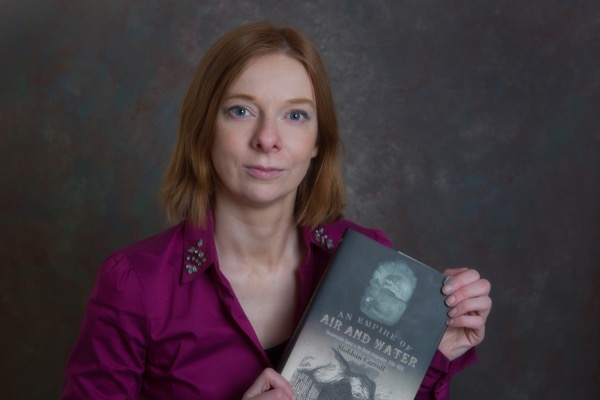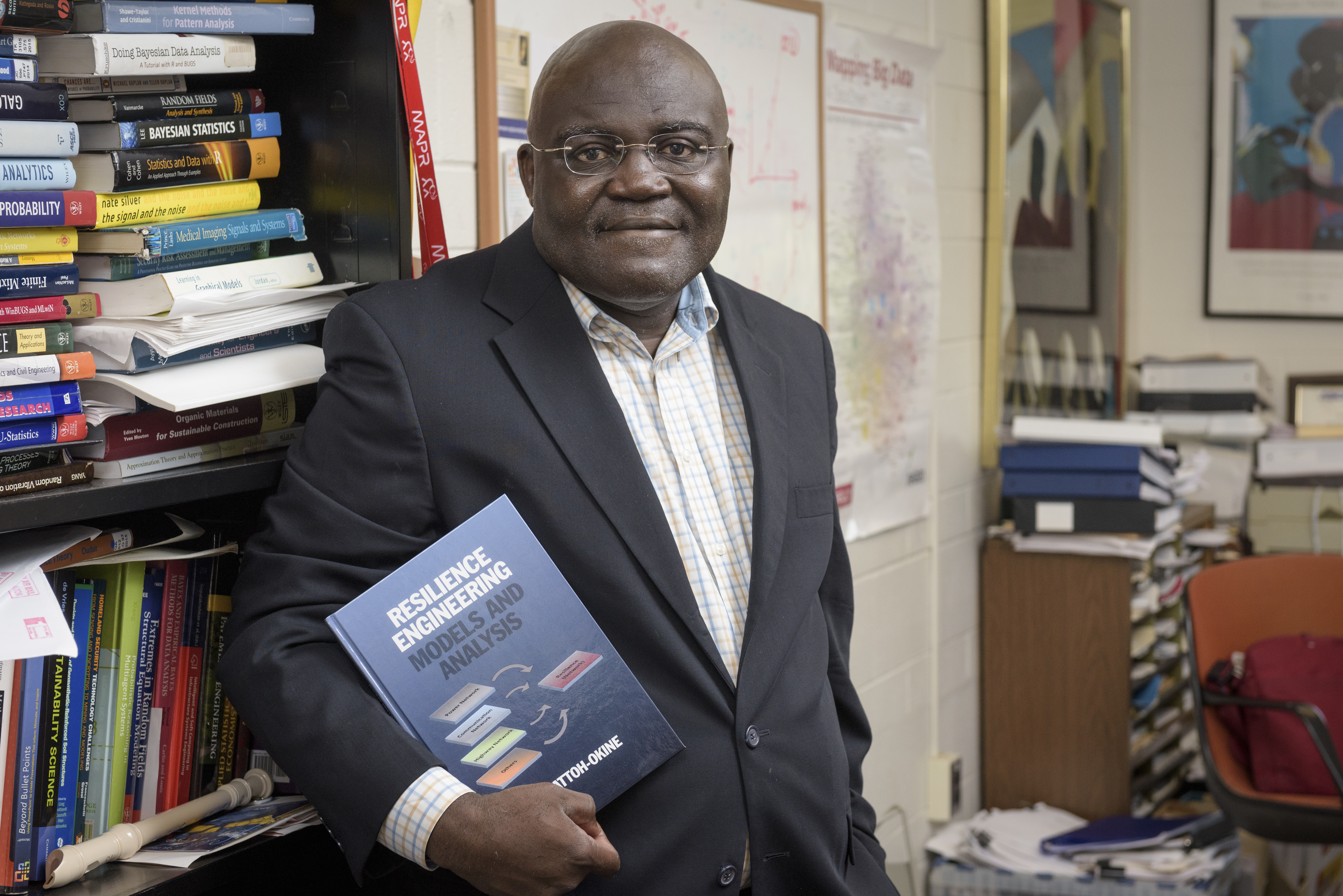
Exploration and imagination
New book by UD's Siobhan Carroll examines 'An Empire of Air and Water'
2:01 p.m., March 2, 2015--At one time, remote parts of the globe such as the poles, the ocean depths and the atmosphere were assumed to be out of the reach of humans, Siobhan Carroll points out, and so those places often became the settings for fictional, even fantastic, stories.
Then came a burst of technology during the so-called “Romantic Century” from 1750-1850, including the invention of modern hot-air balloons, which allowed greater exploration of the Earth — an idea that people found both exciting and a bit frightening.
People Stories
'Resilience Engineering'
Reviresco June run
Carroll, assistant professor in the University of Delaware’s Department of English, set out to explore this period and the relationship between literature of the time and the history of exploration. The result is a new book, An Empire of Air and Water: Uncolonizable Space in the British Imagination, 1750-1850, published by the University of Pennsylvania Press.
“The book looks at a time when the realization of a finite globe began to take hold,” Carroll says. “People began to think that maybe they really could reach the poles, map the oceans and subterranean spaces, and get to every part of the world.”
The thought of being able to explore what were previously considered “unknown blank spaces” on a map caused writers and others of the time to ponder the implications of such a change.
“My book is about how literature responded to this moment,” says Carroll, whose specialty is British literature of the period as well as modern science fiction and fantasy. “People wondered: Is this the end of fiction? The imagination appears under threat when every inch of the world can be explored.”
An Empire of Air and Water examines the work of such writers as poets George Gordon Byron and Samuel T. Coleridge and novelist Mary Shelley, whose most famous book, Frankenstein, begins with an Arctic voyage of exploration. Shelley argues that humans will never get to the North Pole, Carroll says.
In addition, the book discusses less well-known writers whose work also shows the relationship among literature, science and exploration and the ways people imagined extreme areas of the world in the late 18th and early 19th centuries. It was a time “of thinking about the relation of man to the globe in a different way,” Carroll says, with some similarities to today.
“Today, we’re concerned about everything from the impact of an asteroid hitting the Earth to climate change,” she says. “At the same time, our technology lets us see more — into the oceans and outer space — so that science gives us our hopes but also our fears.”
While literature in the 1750-1850 period was often obsessed with polar and other global exploration, the development of air balloons made the British Empire seem vulnerable, in a kind of early space race, Carroll says. Some of those same ideas can be seen in later science fiction, from H.G. Wells’ 1897 novel The War of the Worlds to the 2013 film Gravity.
Carroll, who earned her doctorate in English at Indiana University, is working on her next book, Circulating Nature: Planetary Politics in the Transatlantic Imagination, 1791-1914, which will explore how Americans, Canadians and Britons came to view nature as a global phenomenon. As part of her research for that book, she is examining depictions of travel in 19th century board games.
Article by Ann Manser
Photo by Ambre Alexander Payne








